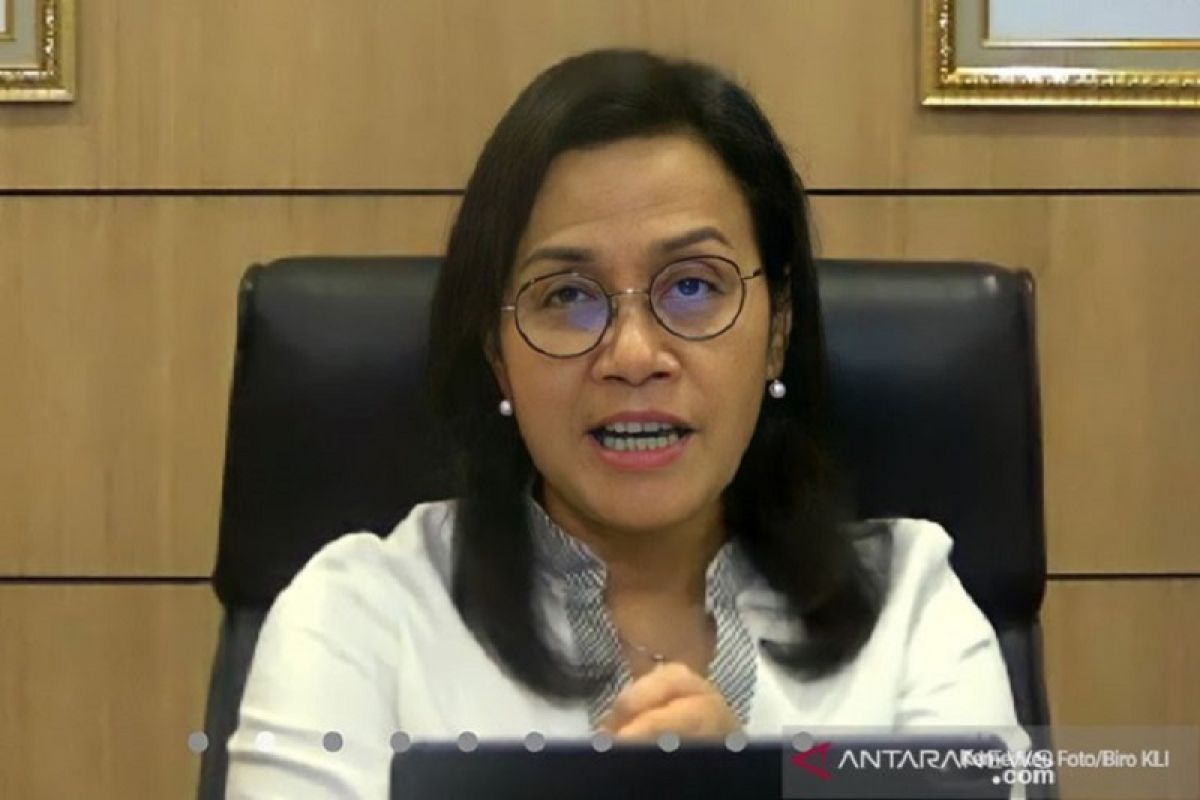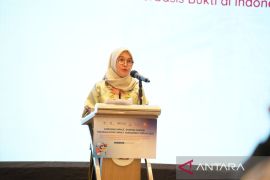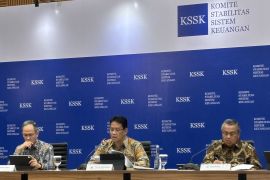The improvement in economic performance is driven by the role of fiscal stimulus or the role of the state budget instrument in handling the COVID-19 pandemic and the national economic recovery programJakarta (ANTARA) - Fiscal stimulus helped improve the economic growth figure to minus 3.49 percent in the third quarter, better than the growth of minus 5.32 percent recorded in the second quarter, Finance Minister Sri Mulyani Indrawati said.
“The improvement in economic performance is driven by the role of fiscal stimulus or the role of the state budget instrument in handling the COVID-19 pandemic and the national economic recovery program,” she said at an online press conference in Jakarta on Thursday.
Sri Mulyani said that the improved growth in the third quarter compared to the previous quarter indicated a process of economic recovery and a reversal of direction of national economic activity to the positive zone.
"All components of economic growth, both from the expenditure side and from the production side, have increased," she noted.
The impetus for fiscal stimulus can be seen from the accelerated absorption of state spending of 15.5 percent in the third quarter, bolstered by the realization of social assistance and support for the business world, especially small and medium enterprises, she explained.
“The release of BPS (data) also confirms that the acceleration of the realization of state spending, which has increased very rapidly, has helped to reverse the growth in government consumption, which grew by 9.8 percent (yoy),” she said.
She said the government consumption growth rate of 9.8 percent increased very sharply compared to the second quarter, when a 6.9-percent contraction was registered.
“So, the increase from minus 6.9 percent jumped to a positive growth of 9.8 percent, or a turning point that exceeded 17 percent," she explained.
Sri Mulyani said that government spending on social protection has increased sharply, as seen in the improving trend in household consumption in the third quarter from minus 5.5 percent to minus 4 percent.
On the other hand, the consumption of households belonging to the upper middle class has remained limited due to uncertainty over COVID-19 and its progression, and the character of middle- to upper-class household consumption is dominated by goods and services that are sensitive to mobility, she noted.
"With the existence of COVID-19, where mobility has been limited, the consumption of the upper middle class has also been restrained," she pointed out.
Therefore, Sri Mulyani said, the government's efforts towards improving COVID-19 handling through several indicators as well as the discovery and administration of vaccines are expected to restore the trend of household consumption, especially among the upper middle class.
“So, improvements are expected and believed to occur in the fourth quarter and beyond," she remarked. (INE)
Related news: Agriculture only sector to record growth in 3rd quarter: BPS
Related news: Indonesia's economy shrank 3.49 percent yoy in Q3 2020: BPS
EDITED BY INE
Translator: Astrid F, Azis Kurmala
Editor: Fardah Assegaf
Copyright © ANTARA 2020












